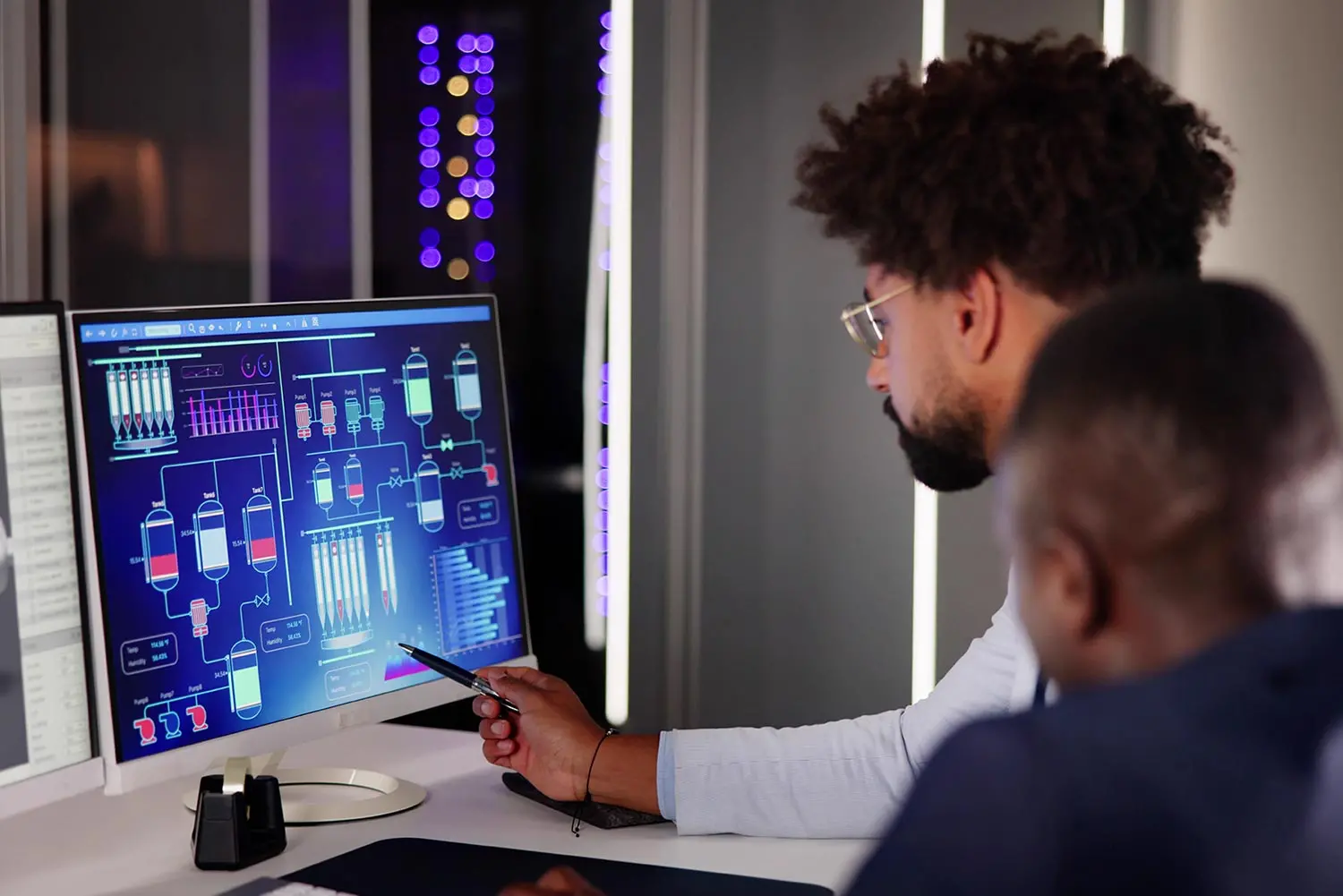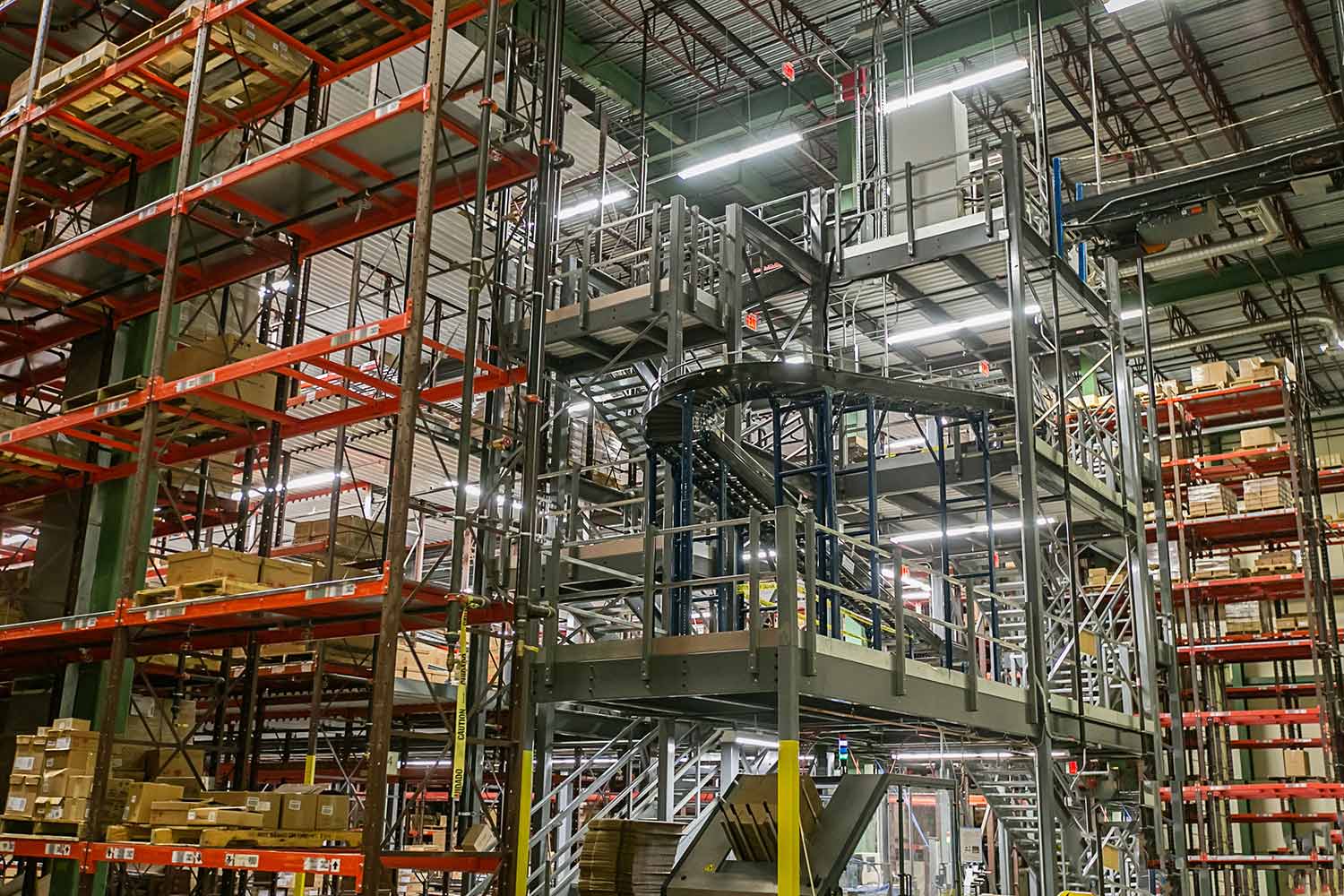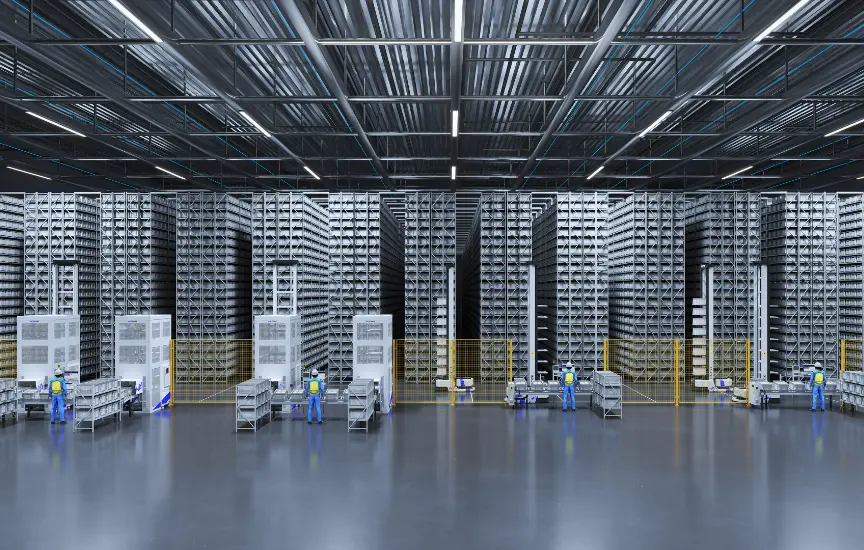
May 9th, 2022
3 min readAI and Robotic Automation in Everyday Warehousing, Distribution, and Fulfillment
How these one-time tools of the future are increasingly becoming necessities in today’s operations environment.
As businesses are hopeful that we are looking at a winding down of the global pandemic crisis, a lingering symptom in the supply and distribution arena is the disruption of the labor force.
The Great Resignation and increased opportunities to work from home have combined to cause a reorganization in the workplace that is still shaking out. What’s more, the continued “Amazon effect” of people wanting things delivered yesterday is reverberating well beyond B2C shipping.
With all this as a backdrop, many companies are more seriously examining the potential for increased use of both artificial intelligence (AI) and robotic automation in their warehouses and distribution centers. And, at the risk of sounding like a science fiction story, we can’t underestimate the role that AI and robots will play in material handling and distribution.
AI and Material Handling
Fortunately for us, AI isn’t yet the stuff of science fiction. But it is quickly becoming the bread and butter for warehouses and distribution centers.
AI can, in effect, learn your operations – and, as it learns, it can predict problems such as shortages or bottlenecks, and even solve problems and increase efficiencies by analyzing every piece of data available.
In reality, AI can analyze quantities of data impossible for the human brain to keep up with, meaning AI can:
- Enhance productivity
- Improve safety
- Upgrade inventory management
- Elevate your risk management and contingency planning
And as efficiencies are increased, costs go down, making the return on investment of the purchase of an AI-driven system more affordable and attractive.
You can find AI in warehouse management systems, slotting software, workforce management programs, and elsewhere.
Robots and Material Handling
Because of the aforementioned labor challenges, robotic automation is only growing faster. Go to any material handling equipment conference and you’ll likely see robots dealing cards, making faux sandwiches, and shuffling and reordering colorful objects in the blink of an eye.
But it is actually so much more than that. Robots can transport goods, pick and sort orders, pack boxes, and more.
Beyond that, robots can work in conditions that are dangerous or harmful to humans. And robots can work virtually 24/7 without mandated breaks or costing you overtime pay, meaning that they can deliver impressive return on investment a lot sooner than you might think. If you have a seasonal or fluctuating-demand business, imagine scaling up and down without needing to hire or lay off additional workers.
Robots and AI in Modern Supply Chain Operations
Robots and AI are part of each link in the modern supply chain. Robotic automation and AI technology move operations away from too great a dependence on outmoded manual processes and their related inefficient workflows.
So, the next time you get a package from Amazon, think about the fact that it likely was picked and packed by AI-driven robots. And while we can’t all have Amazon-like operations, the companies that are agile enough to embrace these changes today will be able to succeed now and in the future.
Next Steps
Not every solution is right for every facility. Contact IndPro specialists. Our team of experts will analyze supply chain challenges you face with your operations and provide the right consultation to maintain long-term profitability.
Related Posts

The Human-Robot Partnership Requires an Upskilled Warehouse Workforce
Article
Professional Integration is Crucial for Warehouse Automation & Robotics Implementation
Article